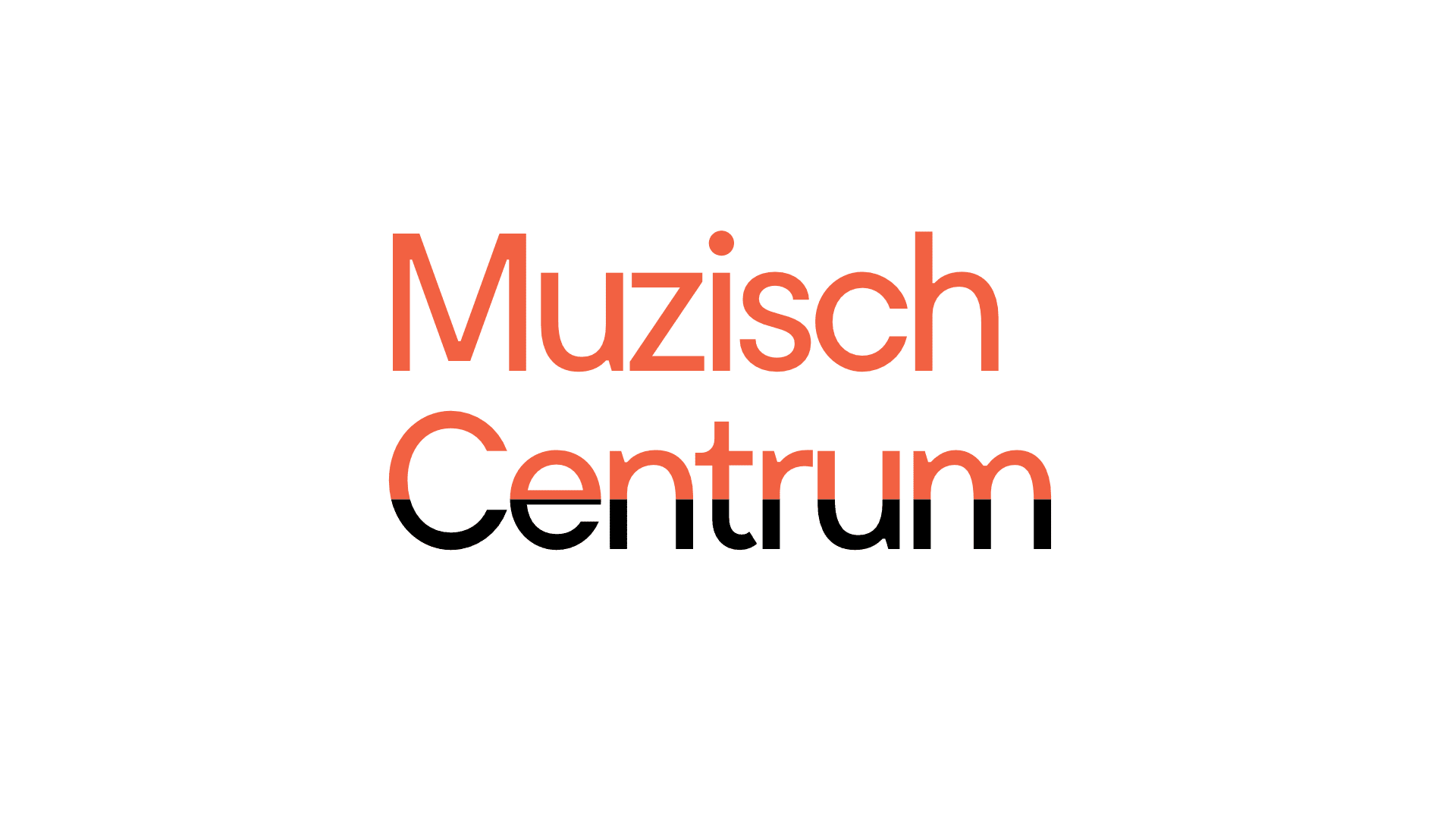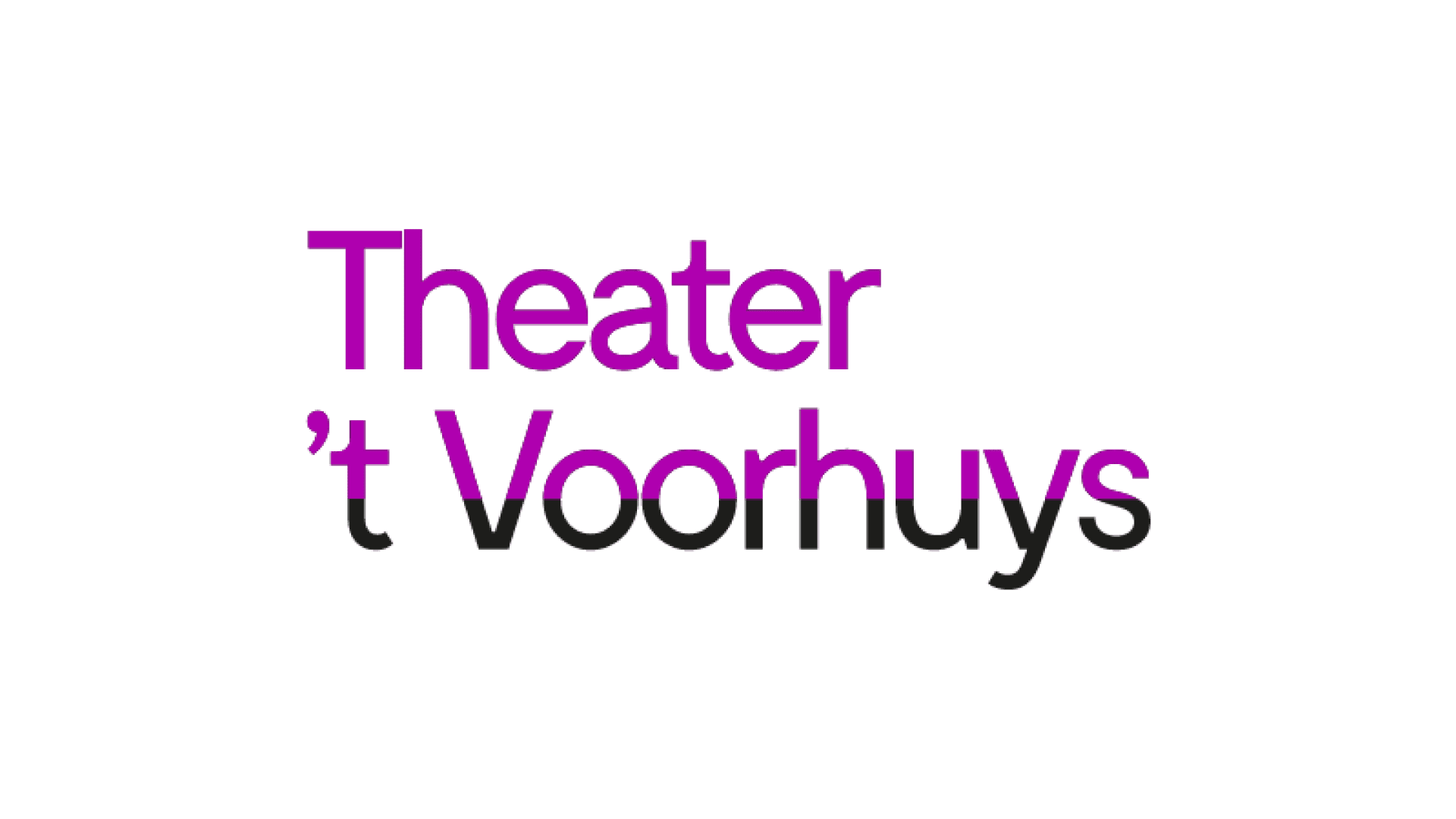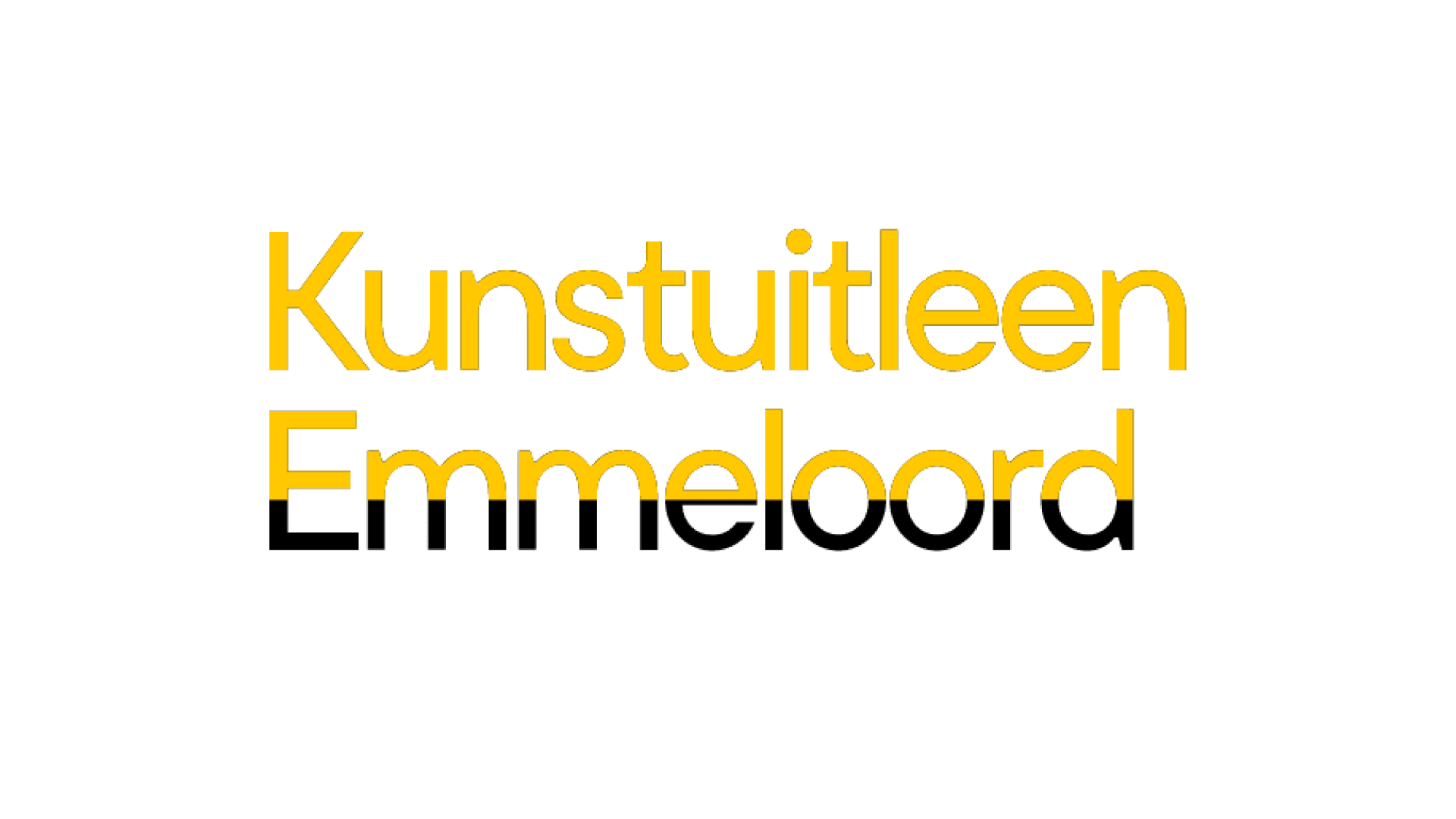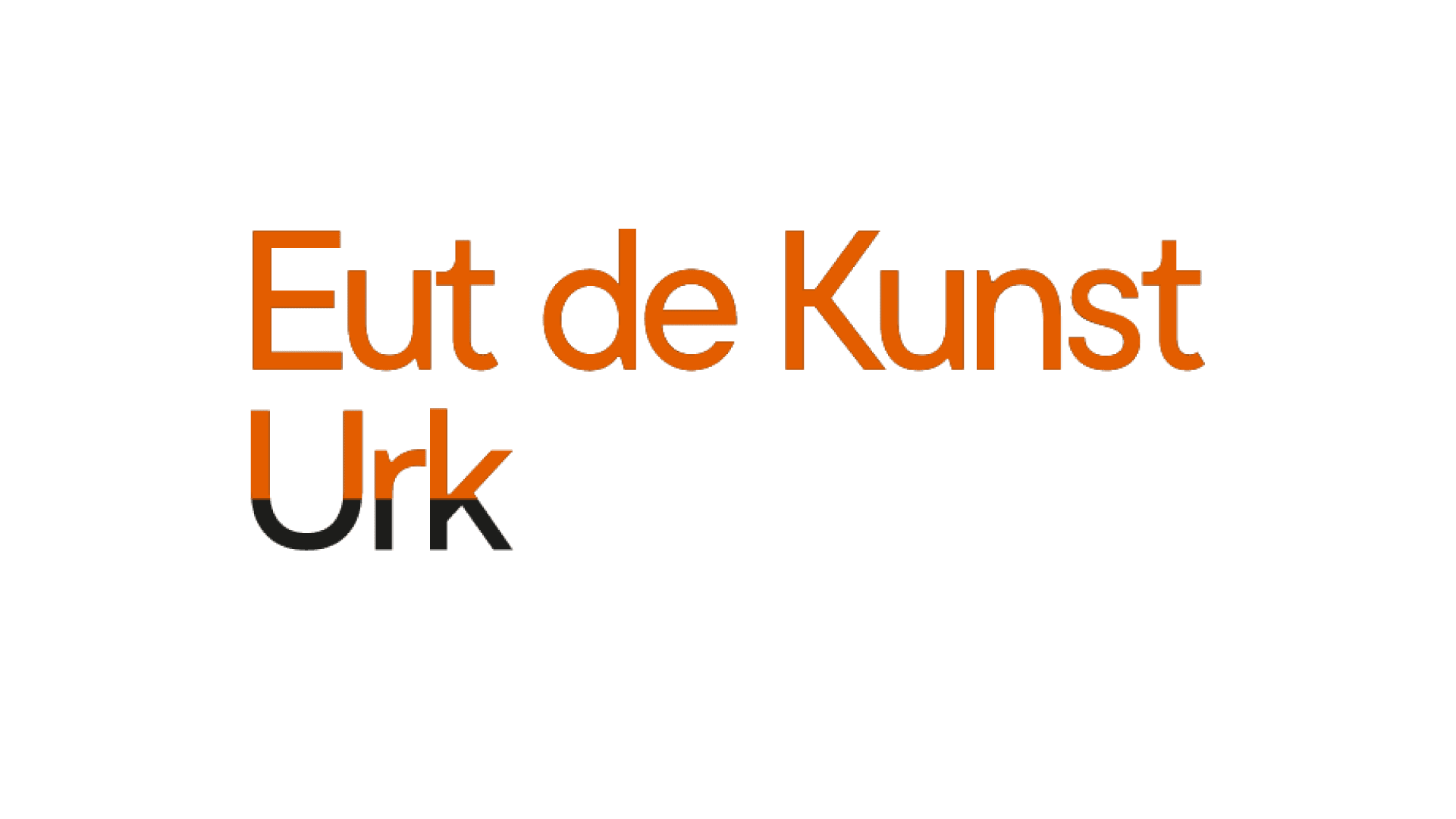
Visit Museum Schokland
Schokland, the first World Heritage site in the Netherlands
The former island Schokland is a symbol of the traditional Dutch struggle against the water. Traces of this battle can be found everywhere on and around the island. This area has alternated between being sea and dry land, peninsula and island, peat and older. The former island still stands out as an elongated gently sloping back against the flat surrounding landscape of the Noordoostpolder. Nowadays Schokland is a unique natural en cultural monument combined.
Museum Schokland
The museum is located at Middelbuurt, one of the three dwelling mounds that are left on the former island. The indoor and outdoor exhibitions present a picture of the geology and archaeology of the Noordoostpolder, the formation and decay of the island, the way of life of the islanders, and the drainage of the Noordoostpolder.
The museum is housed in a collection of buildings around the historic church of Middelbuurt. The buildings are characteristic of the former Zuiderzee region. Many wedding couples have already had their marriage ceremony performed in the church.
Museum Schokland: indoor and outdoor exhibitions about geology, archaeology and history of the Noordoostpolder, Schokland and its inhabitants.
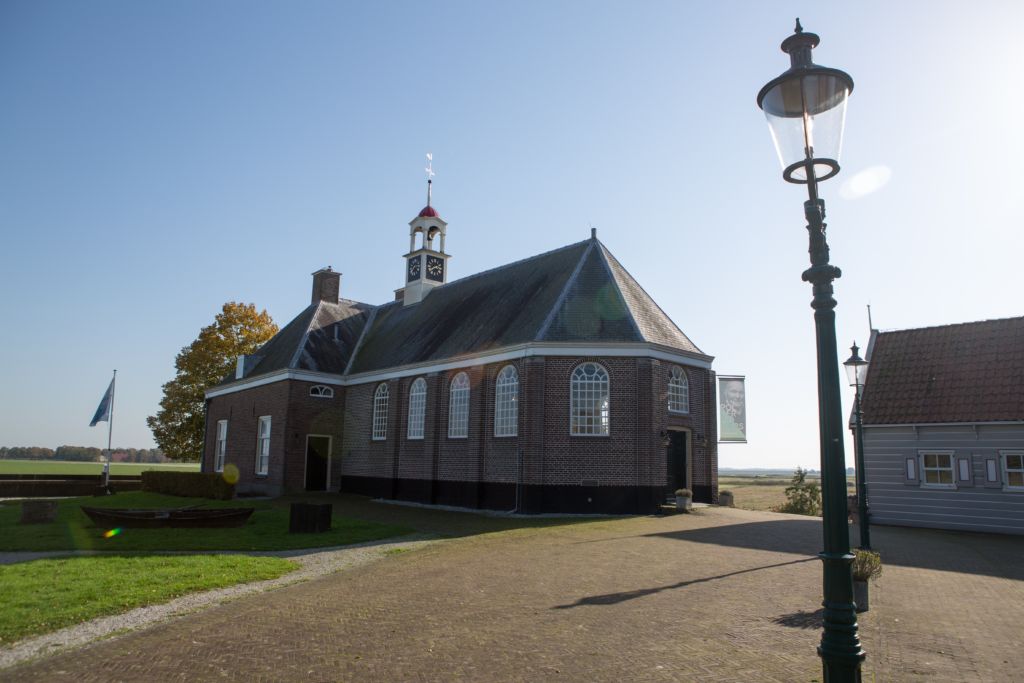
Why is Schokland a World Heritage Site?
Schokland is a unique combination of cultural history and nature. Evidence of human habitation going back more than 10,000 years can be found there. It is a place between land and water, in the middle of the Noordoostpolder, with a wealth of archaeological treasures.
It is not surprising that UNESCO decided to award Schokland the status of World Heritage Site in 1995. The World Heritage Site status constitutes proof that people lived on Schokland from prehistoric times until the reclamation of the Noordoostpolder.
Hidden treasures
It is still possible to see that Schokland was once an island. You see it in the landscape and the monumental buildings such as the historic church and the lighthouse keeper’s house. And, of course, the rich, archaeological seabed archive. What is particularly special about these treasures is that some of them are completely intact and, therefore, undamaged.
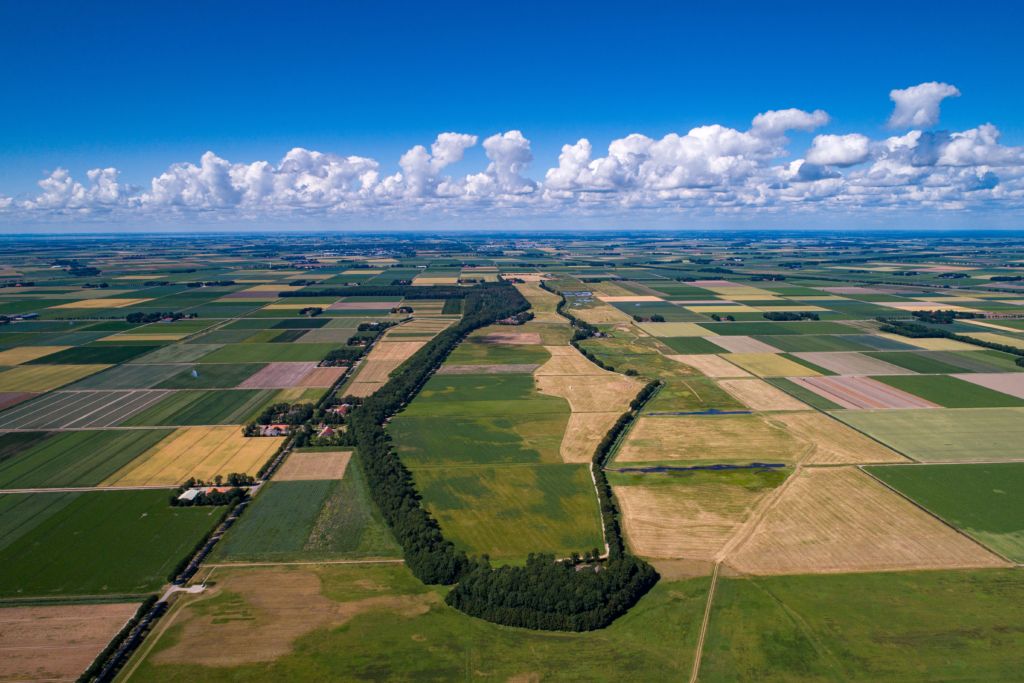
Battle against the water
Schokland symbolises the life of the Dutch people in their battle with and against the water. And, despite the threat of floods and poverty, people always lived there. From the prehistoric hunter-gatherers to modern-day inhabitants. Thousands of years of history relating to human habitation in the Netherlands is lying concealed in the ground under Schokland.
Many archaeological sites
Prehistoric earthenware and tools have been found in the ground and complete graves, remains of houses, man-made mounds (terpen), the church remains, and dyke systems. A little more than 160 archaeological sites are evidence of the development and culture of the inhabitants of Schokland; ranging from hunter-gatherer and farmer to islander and polder inhabitant.
Flevo-landschap
Schokland and its surroundings are characterized by rich natural values. Several rare bird species can be found in the area, as well as special amphibians. In addition, part of Schokland has been set up as “New Nature”, which enriches the natural values and safeguards archaeological treasures. Flevo-landschap makes the area accessible and maintains it. Make sure you bring a visit the Gesteentetuin visitor centre.
Plan your visit
Museum Schokland is opened the entire year from Tuesday to Sunday (except 01-01 and 25-12) from 11.00 to 17.00 hrs. Museum Schokland is opened daily In July and August.
Address: Middelbuurt 3, 8319 AB Schokland, The Netherlands.
Call us: (0527) 76 06 30
Send us an e-mail: info@museumschokland.nl
Welcome to Schokland!
